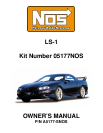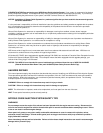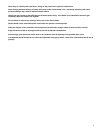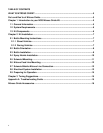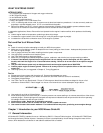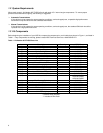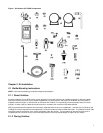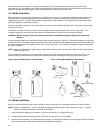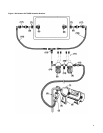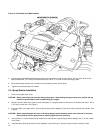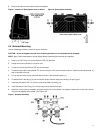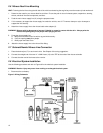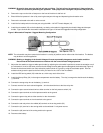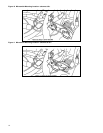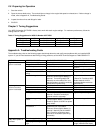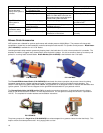
5
WHAT IS NITROUS OXIDE?
NITROUS OXIDE…
…Is a cryogenic gas composed of nitrogen and oxygen molecules
…Is 36% oxygen by weight
…Is non-flammable by itself
…Is stored as a compressed liquid
…Exists in two grades—U.S.P. and Nitrous Plus:
U.S.P. is medical grade nitrous oxide; its common use is dental and veterinary anesthesia. It is also commonly used as a
propellant in canned whipped cream. U.S.P. is not available to the public.
Nitrous Plus differs from U.S.P. in that it contains trace amounts of sulphur dioxide added to prevent substance abuse.
Nitrous Plus is intended for automotive applications and is available for sale to the public
In automotive applications, Nitrous Plus and fuel are injected into the engine’s intake manifold, which produces the following
results:
Lowers engine intake air temperature, producing a dense inlet charge.
Increases the oxygen content of the inlet charge (air is only 22 percent oxygen by weight).
Increases the rate at which combustion occurs in the engine’s cylinders.
Do’s and Don’ts of Nitrous Oxide
Do’s
Read all instructions before attempting to install your NOS nitrous system.
Make sure your fuel delivery system is adequate for the nitrous jetting you have chosen. Inadequate fuel pressure or flow
will result in engine damage.
Use 14 gauge (minimum) wire when installing electrical system components.
Use high-quality connections at all electrical joints.
Use Teflon-based paste on pipe style fittings.
Make sure your engine and related components (ignition, carburetor, and driveline) are in proper working condition.
If nitrous is accidentally injected into the engine when it is not running, remove the engine coil wire, open the
throttle, and crank the engine 10 to 15 seconds before starting. Failure to do so can result in an explosive engine
failure.
Use your NOS nitrous system only at wide-open throttle and at engine speeds above 3000 RPM.
Install a proper engine to chassis ground. Failure to do so may result in an explosive failure of the main nitrous
supply line.
Use a high-quality fuel, as suggested in Chapter 3, Tuning Suggestions.
Don’ts
Engage your nitrous system with the engine off. Severe engine damage can occur.
Modify NOS nitrous systems (if you need a non-stock item, call NOS Technical Service for assistance)
Overtighten AN type fittings.
Use Teflon Tape on any pipe threads. Pieces of Teflon tape can break loose and become lodged in nitrous or fuel
solenoids or solenoid filters. Debris lodged in a nitrous or fuel solenoid can cause catastrophic engine failure.
Use sealant of any kind on AN type fittings.
Allow nitrous pressure to exceed 1100 psi. Excessive pressure can cause swelling or in extreme cases failure of the nitrous
solenoid plunger. Solenoid plungers are designed so that pressure-induced failures will prevent the valve from operating.
No leakage should occur with this type of failure.
Inhale nitrous oxide. Death due to suffocation can occur.
Allow nitrous oxide to come in contact with skin. Severe frostbite can occur.
Use octane boosters that contain methanol. Fuel solenoid failure may occur, producing severe engine damage.
Chapter 1 Introduction to your NOS Nitrous Oxide Kit
1.1 General Information
Kit Number 05177NOS is intended for use on 1998 and up GM LS-1 Camaro/Firebird engines. Kit Number 05177NOS flows
fuel through the factory GM fuel injectors. Necessary fuel flow is accomplished by nitrous flowing through the mass air flow
sensor, which detects the cold dense air and adds the additional fuel as needed.



